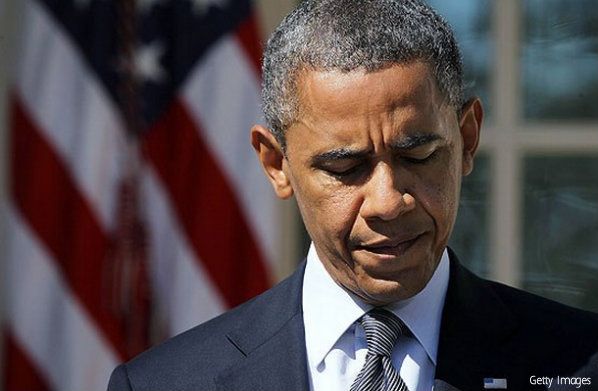Obamacare was created in a fantasy world in which numbers were moved around to reach desired outcomes—but only on paper.
In reality, your health insurance premiums are going to skyrocket as a result of the legislation. A piece in today’s Wall Street Journal explains why:
The congressional Democrats who crafted the legislation ignored virtually every actuarial principle governing rational insurance pricing. Premiums will soon reflect that disregard—indeed, premiums are already reflecting it.
Obamacare, in short, required a suspension of disbelief.
We were told that “the government” was going to do all these nice things. But even the government can’t suspend the laws of economics; the government basically “gives” the promised goodies by making a rule that orders somebody else to do the dirty work—i.e., the government orders insurance companies to include a host of new services in every policy. It leaves working out the details to somebody else.
Obamacare established requirements that could be touted as beneficial for large segments of the population: that everyone who applied for insurance had to be accepted, that insurers can’t charge more if the applicant has serious medical issues, and of course that all policies must include services that the government (or various industry lobbyists) deems basic.
Because of the requirement that nobody can be rejected, Obamacare will encourage people to skip buying insurance until they are seriously sick.
Eight states that anticipated Obamacare with similar requirements in the mid-1990s saw the price of premiums rise. The health insurance market for individual policies was also wrecked in these states.
As noted in the Wall Street Journal piece (by Matthews, a resident scholar at the Institute for Policy Innovation in Dallas, Texas, and Litow, a retired actuary and former chairman of the Social Insurance Public Finance Section of the Society of Actuaries):
Many actuaries, such as those in the international consulting firm Oliver Wyman, are now predicting an average increase of roughly 50% in premiums for some in the individual market for the same coverage. But that is an average. Large employer groups will be less affected, at least initially, because the law grandfathers in employers that self-insure. Small employers will likely see a significant increase, though not as large as the individual market, which will be the hardest hit.
We compared the average premiums in states that already have ObamaCare-like provisions in their laws and found that consumers in New Jersey, New York and Vermont already pay well over twice what citizens in many other states pay. Consumers in Maine and Massachusetts aren't far behind. Those states will likely see a small increase.
By contrast, Arizona, Arkansas, Georgia, Idaho, Iowa, Kentucky, Missouri, Ohio, Oklahoma, Tennessee, Utah, Wyoming and Virginia will likely see the largest increases—somewhere between 65% and 100%. Another 18 states, including Texas and Michigan, could see their rates rise between 35% and 65%.
While ObamaCare won't take full effect until 2014, health-insurance premiums in the individual market are already rising, and not just because of routine increases in medical costs. Insurers are adjusting premiums now in anticipation of the guaranteed-issue and community-rating mandates starting next year.
All the things that you were told were going to be free are going to cost you a lot of money.
This is why health care reform should have been done incrementally.
Obamacare will likely fall by its own weight—but there will be a lot of suffering before that happens.


